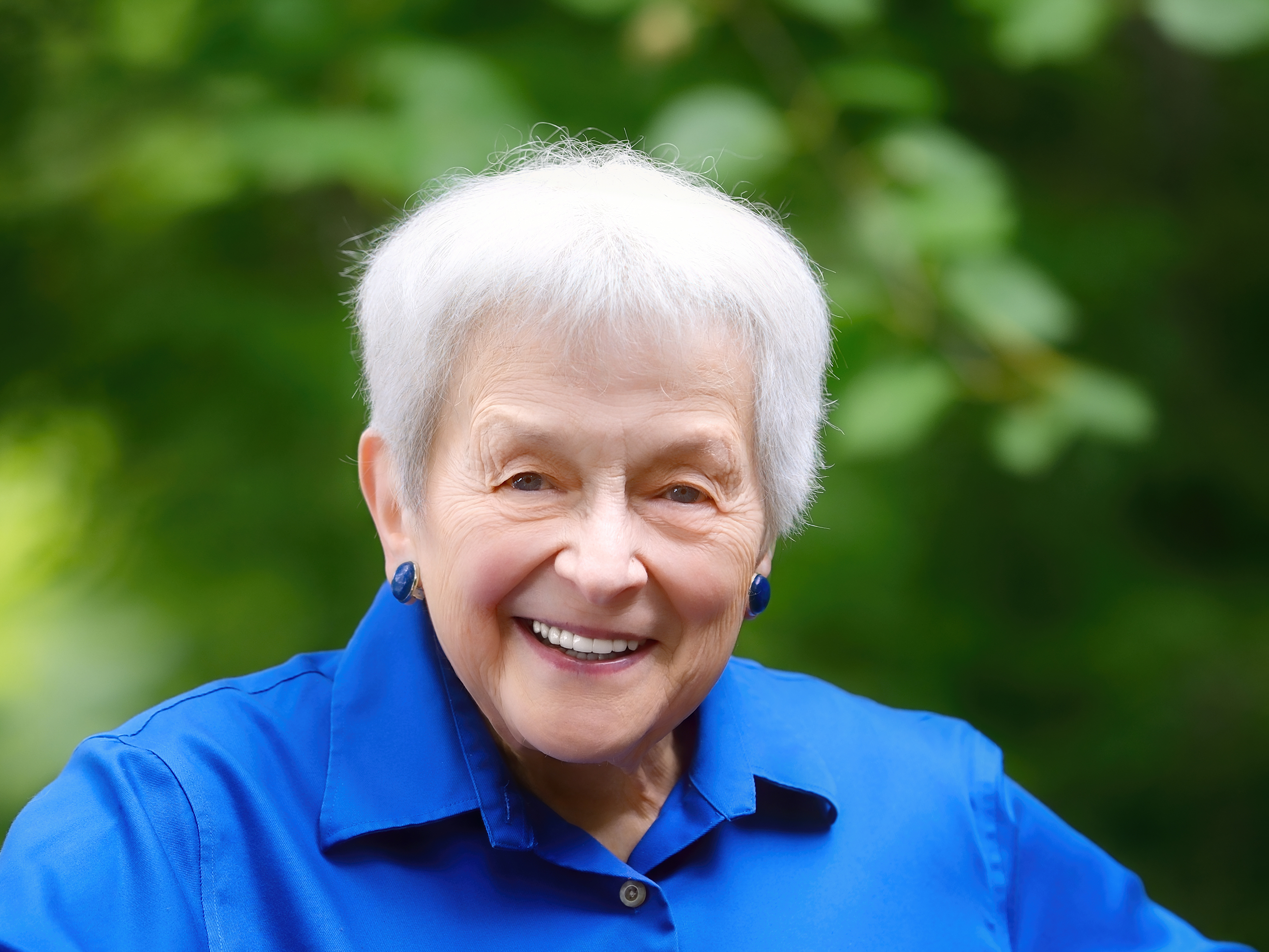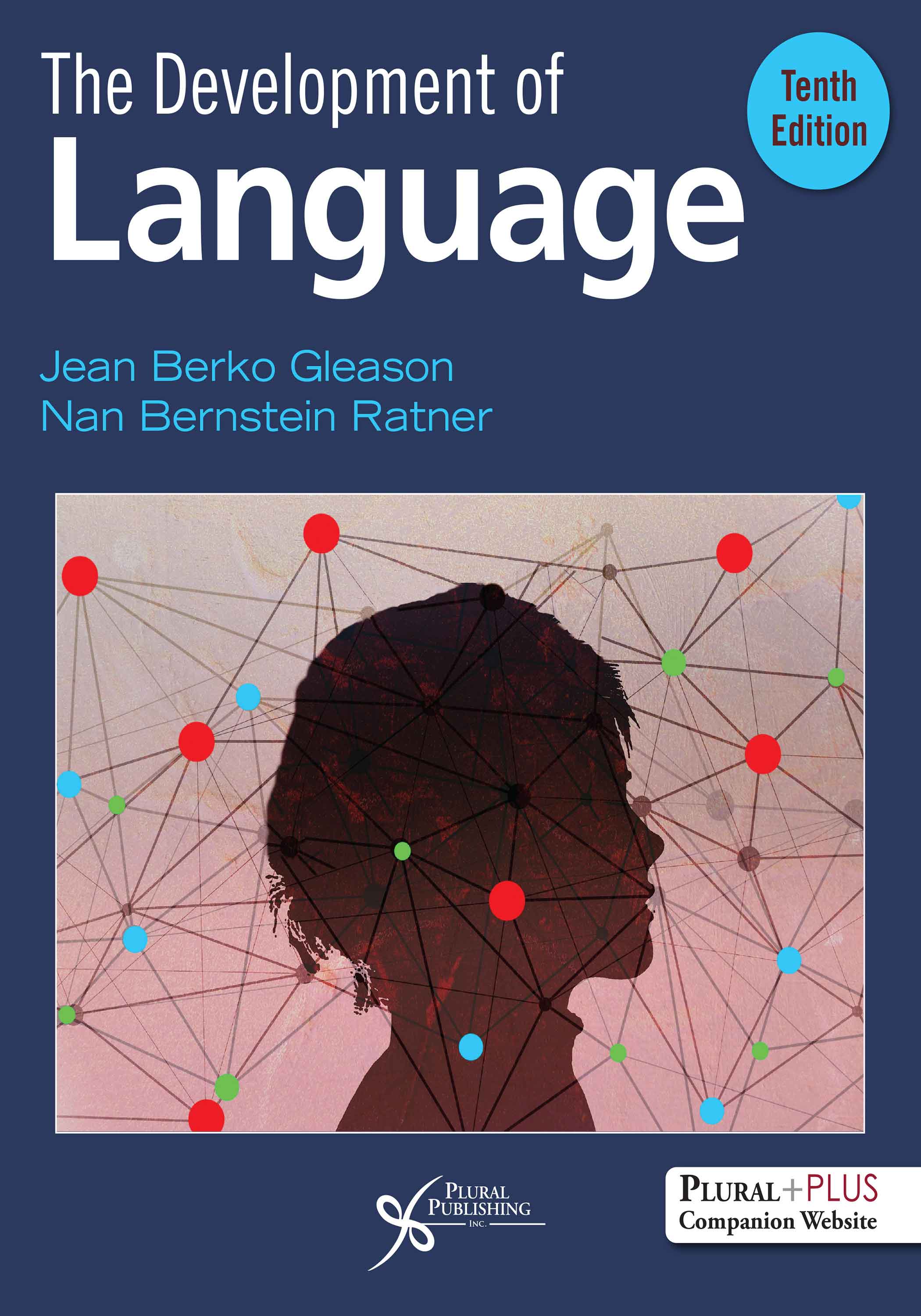
The Development of Language
Tenth Edition
Jean Berko Gleason, Nan Bernstein Ratner
Details: 444 pages, Full Color, Softcover, 8.5" x 11"
ISBN13: 978-1-63550-426-2
© 2024 | Available
For Instructors
Purchase
NOW PUBLISHED BY PLURAL!
This classic text now in its tenth edition, The Development of Language continues its focus on language acquisition in an unbiased, authoritative, and comprehensive way. Written by leading experts known for their research in the areas they discuss, this book has a multidisciplinary approach, and demonstrates the relevance of typical language development to speech-language pathologists, educators, clinicians, and those in other professions. Topics include the roots of language learning in infancy, phonology, syntax/grammar, word learning, bilingualism, pragmatics, literacy, atypical language development, and more.
This book provides the reader with an authoritative text that includes important and useful concepts and research findings. Emphasis is placed on language development in children who are learning languages other than, or in addition to, English, as well as children with risk factors for language delay or disorder. The text leads the reader through every stage of development—the early months before children begin to speak, the preschool and school years, and adolescence as children achieve mastery of adult-like language skills.
Key Features
- Chapter pedagogy includes learning objectives, visual aids, video links, summaries, and suggested projects to extend students’ understanding and application of text concepts
- Key terms are highlighted in the text with definitions provided in a Glossary
- Clear and concise writing by authors who are known for their research in the subject area and their ability to explain complex topics to a broad audience
- A multilingual and multicultural focus on acquisition in languages other than English, on non-mainstream varieties of English and on children learning two or more languages simultaneously (bilingualism), as well as children with developmental communication disorders
New to the Tenth Edition
- Restructure of chapters to streamline information
- Greater in-depth coverage of concepts that are frequently more difficult for students to master
- Updated references to new research and the current literature
- References are now at the end of each chapter
- New and updated figures and photos
- Coverage of the latest technological advances in basic research and clinical practice in child language
- For the full description of updates by chapter, click here
Instructor test bank available on the Respondus Test Bank Network.
Review
“I greatly enjoyed reading through the 10th edition of The Development of Language. This edition continues a strong tradition of accurate coverage of issues and findings regarding both normal and disordered child language development. Berko Gleason and Bernstein Ratner have assembled experts in each of the core facets of child language to contribute chapters reviewing our current understanding of each area. One set of topics examines the four core dimensions of language learning: phonology (sound), semantics (meaning), grammar (syntax and morphology), and communicative competence (pragmatics and conversational abilities). For each of these linguistic areas, the relevant chapter present a basic linguistic analysis and then the ways in which the child pieces together a growing command of each dimension. Then there are four chapters examining issues in the variation of the course of development: dimensions of variation, social factors leading to variation, ways in which biological forces produce atypical language development, and the impact of bilingualism on language development.
This separation of chapters provides the student with a very balanced understanding of both the standard course of language development and the ways in which it will vary. Each of these areas is covered thoroughly in a way that makes them totally accessible to the student who is beginning to learn about these topics. At the same time, the chapters may be useful to more advanced students and researchers as a way of reviewing the increasingly rich literature on child language, along with references and discussions of so many of the seminal studies. For example, I was struck by the fact that I had was unfamiliar with the work on the border collie who had learned the names of 1,022 objects. What an achievement! ...”
–Brian MacWhinney, MS, PhD, Carnegie Mellon University (January 2023)
“…The book is exemplary in its format, appropriate use of illustrative photos, easy and clear
reference to the video links available through the companion website, use of summaries
and project ideas… The inclusion of eFlashCards for students is a great idea…”
–Annick De Houwer, PhD, University of Erfurt (March 2023)
PluralPlus Online Ancillaries
For instructors: PowerPoint Slides, Test Bank, Videos, Instructor's Manual
For students: Videos, eFlashcards
Preface
Acknoledgments
Contributors
Chapter 1. The Development of Language: An Overview and a Preview
Jean Berko Gleason and Brenda Caldwell Phillips
Learning Objectives and Outcomes
An Overview of the Course of Language Development
Atypical Language Development
The Structure of Language: Learning the System
The Biological Bases of Language
The Study of Language Development
Summary
References
Suggested projects
Chapter 2. Communication Development in Infancy
Rochelle Newman and Katie Von Holzen
Learning Objectives and Outcomes
The Social Context of the Preverbal Infant
Perceptual “Tuning” to Speech
The Expression of Communicative Intent Before Speech
Variation in Learning to Communicate
Summary
Suggested projects
References
Chapter 3. Phonological Development: Learning Sounds and Sound Patterns
Carol Stoel-Gammon, Shelley Velleman and Lise Menn
Learning Objectives and Outcomes
English Speech Sounds and Sound Patterns
Production: The Prelinguistic Period
Learning to Make Words
Learning to Pronounce
Phonological Development: Norms and Measures
When Speech Sound Development is Difficult
The Acquisition of English Morphophonology
Parents’ Role in Phonological Development
Phonological Awareness and Reading Readiness
Language Variation in the United States: Languages, Dialects and Speech Styles
Child Phonology Problems
Summary
Suggested Projects
Web Resources
References
Chapter 4. Semantic Development: Learning the Meanings of Words
Paola Uccelli and Meredith L. Rowe
Learning Objectives and Outcomes
The Relations Between Words and Their Meanings
Theoretical Perspectives on Semantic Development
The Study of Early Semantic Development
How Adult Speech Influences Children’s Semantic Development
Individual Differences in Vocabulary Development: Home and School Factors
Vocabulary Development and Assessment in Bilingual Children
Later Semantic Development
Connections Between Research and Practice
Metalinguistic Development
Summary
Suggested Projects
References
Chapter 5. Putting Words Together: Comprehension and Production of Morphology and Syntax in the Preschool Years
Andrea Zukowski and Nan Bernstein Ratner
Learning Objectives and Outcomes
Methods of Investigationg Children's Comprehension of Multiword Utterances
Methods of Investigating Children's Production of Multiword Utterances: Examining Spontaneous Speech
Entering the Complex Linguistic System
Two-Word Utterances
The Nature of Syntactic Rules
Measuring Syntactic Growth
Mean Length of Utterance (MLU): Advantages and Considerations
Developing Specific Grammatical Morphemes
Different Sentence Modalities
Later Developments in Preschoolers
Beyond the Preschool Years
Knowledge Versus Processing
Summary
Suggested Projects
References
Chapter 6. Language in Social Contexts: Development of Communicative Competence
Judith Becker Bryant
Learning Objectives and Outcomes
Language in Social Contexts
The Challenge of Acquiring Communicative Competence
How Do Children Acquire Communicative Competence?
When Exhibiting Communicative Competence is Difficult
Why Does Communicative Competence Matter?
Summary
Suggested Projects
References
Chapter 7. Theoretical Approaches to Language Acquisition
Karina Hamamouche and John N. Bohannon III
Learning Objectives and Outcomes
Distinguishing Features of Theoretical Approaches
Classic Behavioral Approaches
Linguistic Approaches
Language Acquisition Device (LAD) and Development
Interactionist Approaches
Information-Processing Approach
Social Interaction Approach
Gestural and Usage-Based Approach
Usage-Based Theory
Summary
Suggested Projects
References
Chapter 8: Variation in Language Development: Implications for Research and Theory
Beverly A. Goldfield, Catherine E. Snow and Ingrid A. Willenberg
Learning Objectives and Outcomes
The History of Variation in Child Language Research
Variation in Early Words
Segmenting the Speech Stream
Variation in Early Sentences
Stability of Style Across Words and Sentences
Sources of Variation
Context: The Interaction of Child, Caregiver and Language
Implications of Variation for Theories of Language Acquisition
Summary
Suggested Projects
References
Chapter 9. Atypical Language Development
Nan Bernstein Ratner and Catherine Torrington Eaton
Learning Objectives and Outcomes
Why Should We Study Atypical Development?
What Causes Atypical Language Development?
Developmental Language Disorder (DLD)
Special Considerations for Special Populations
Severe Hearing Impairment
Intellectual Disability
Autism Spectrum Disorder (ASD)
Atypical Speech Development
Evaluation of Suspected Speech and Language Disorders in Children
Summary
Suggested Projects
References
Chapter 10. Language and Literacy in the School Years
Gigliana Melzi and Adina R. Schick
Learning Objectives and Outcomes
Learning to Share Oral Stories
Gaining Awareness of Language
Learning to Read
When Learning to Read Is Difficult
Learning to Write
Summary
Suggested Projects
References
Chapter 11. Bilingual Language Development
Jing Zhao and L. Quentin Dixon
Learning Objectives and Outcomes
Perspectives on Bilingual Language Development
Key Questions in Bilingual Language Development
When Learning a Second Language Is Difficult
Summary
Suggested Projects
References
Glossary
Index
The Development of Language, Tenth Edition comes with access to supplementary student and instructor resources on a PluralPlus companion website.
The companion website is located at: https://www.pluralpublishing.com/publication/DL10E
STUDENTS:
The student resources include Video Links and eFlashcards.
To access the student resources, you must register on the companion website and log in using the access code located in the front of your textbook.
INSTRUCTORS:
The instructor resources include Video Links, PowerPoint Lecture Slides, Instructor’s Manual, and Test Bank. You will also have access to all of the student resources listed above.
To access the instructor resources, you must contact Plural Publishing, Inc. to be verified as an instructor and receive your access code.
Email: instructormaterials@pluralpublishing.com
Tel: 866-758-7251 (toll free) or 858-492-1555
*Note for students: If you have purchased this textbook used or have rented it, your access code will not work if it was already redeemed by the original buyer of the book. Plural Publishing does not offer replacement access codes for used or rented textbooks.
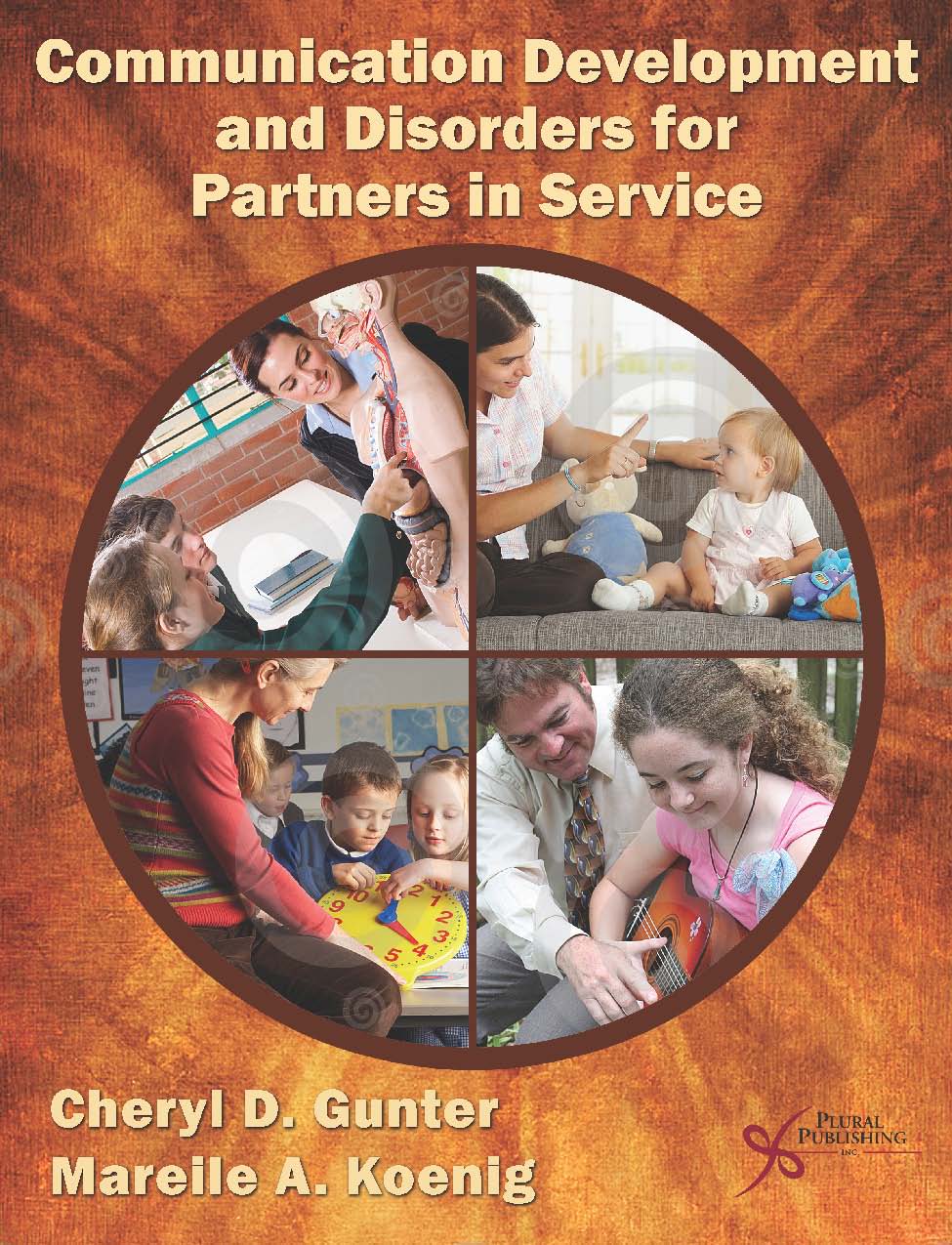
Communication Development and Disorders for Partners in Service
First Edition
Cheryl D. Gunter, Mareile A. Koenig
Details: 304 pages, B&W, Softcover, 8.5" x 11"
ISBN13: 978-1-59756-025-2
© 2011 | Available
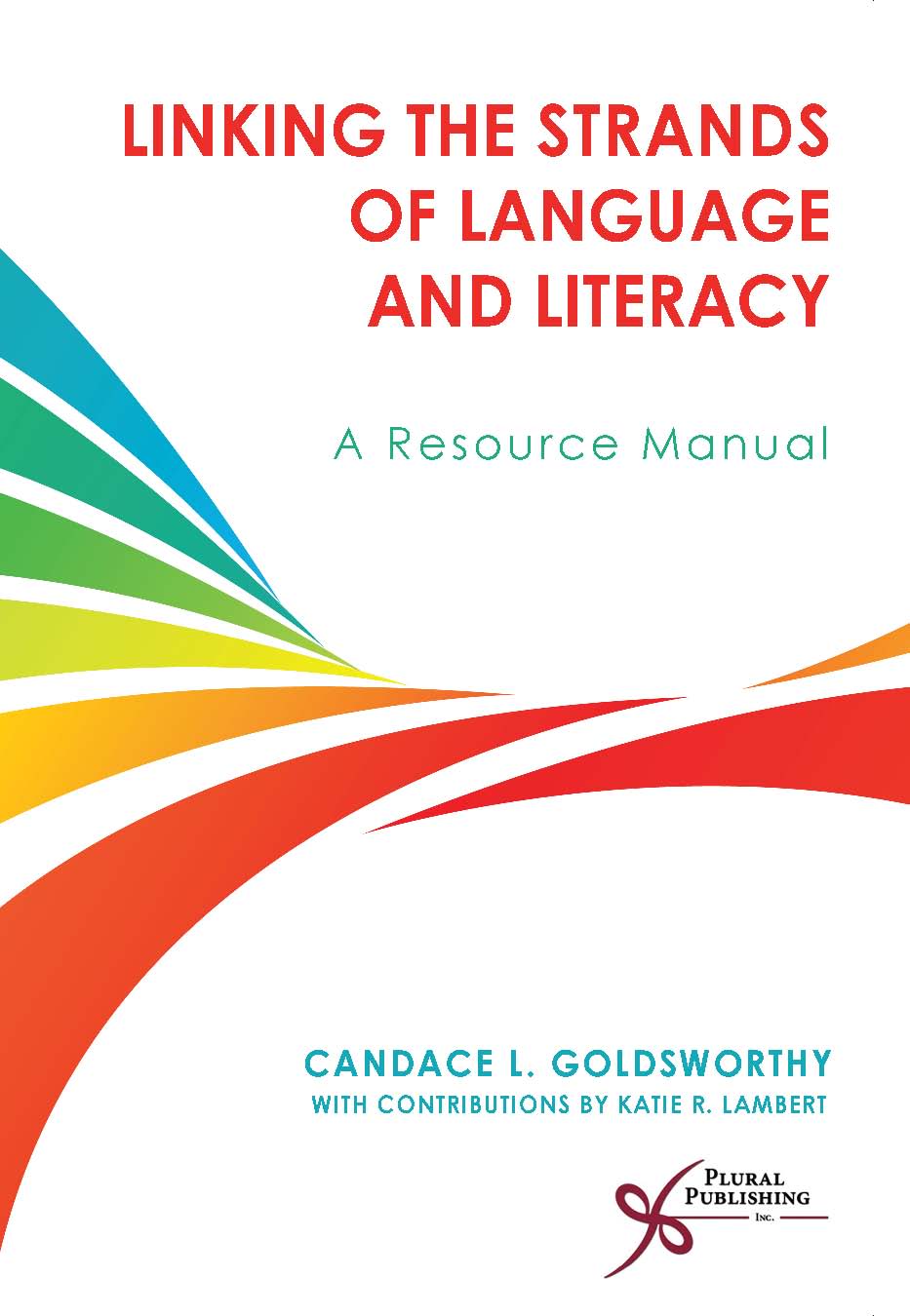
Linking the Strands of Language and Literacy: A Resource Manual
First Edition
Candace L. Goldsworthy, Katie R. Lambert
Details: 231 pages, B&W + CD, Softcover, 6" x 9"
ISBN13: 978-1-59756-357-4
© 2010 | Available
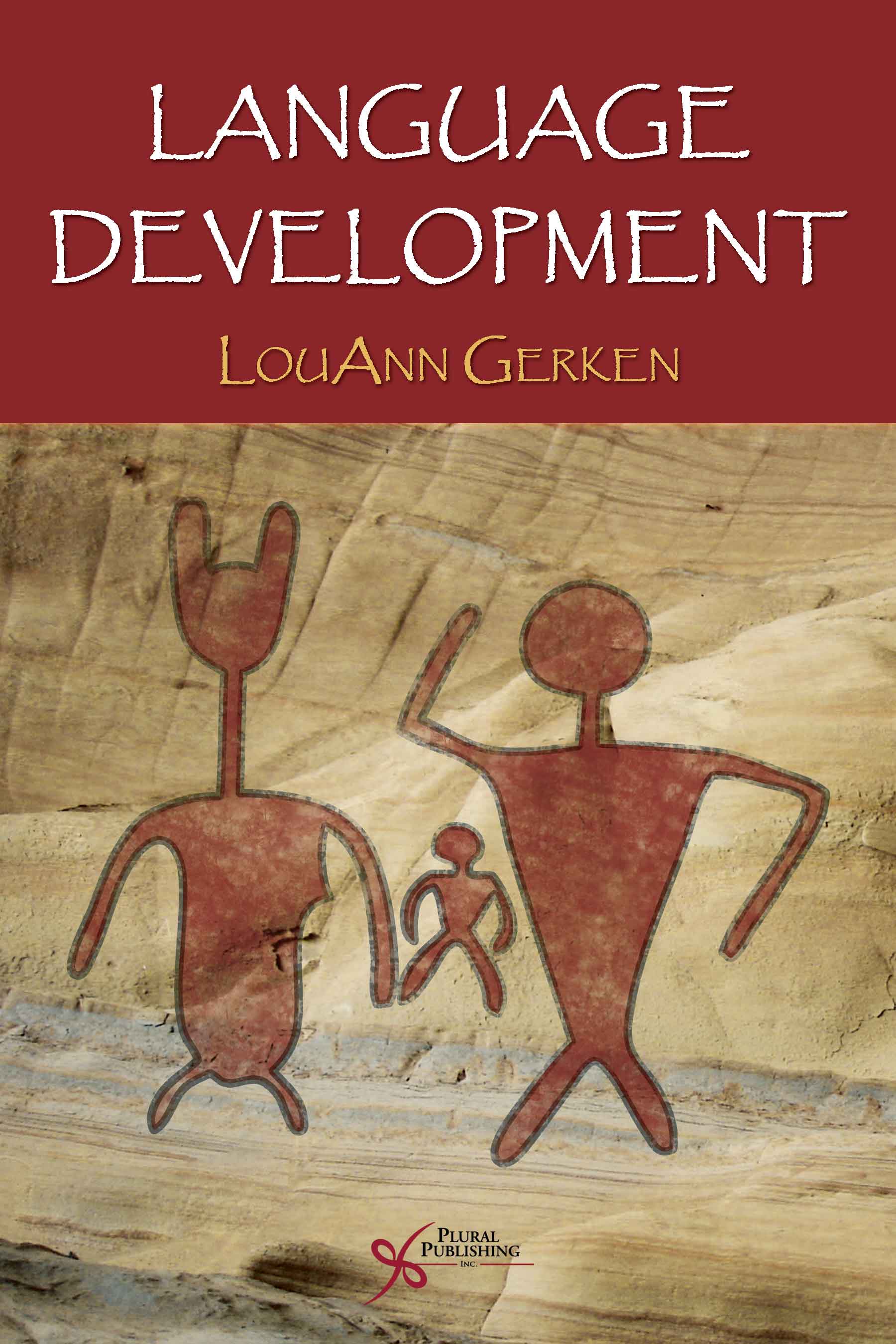
Language Development
First Edition
LouAnn Gerken
Details: 257 pages, B&W, Softcover, 6" x 9"
ISBN13: 978-1-59756-263-8
© 2009 | Available
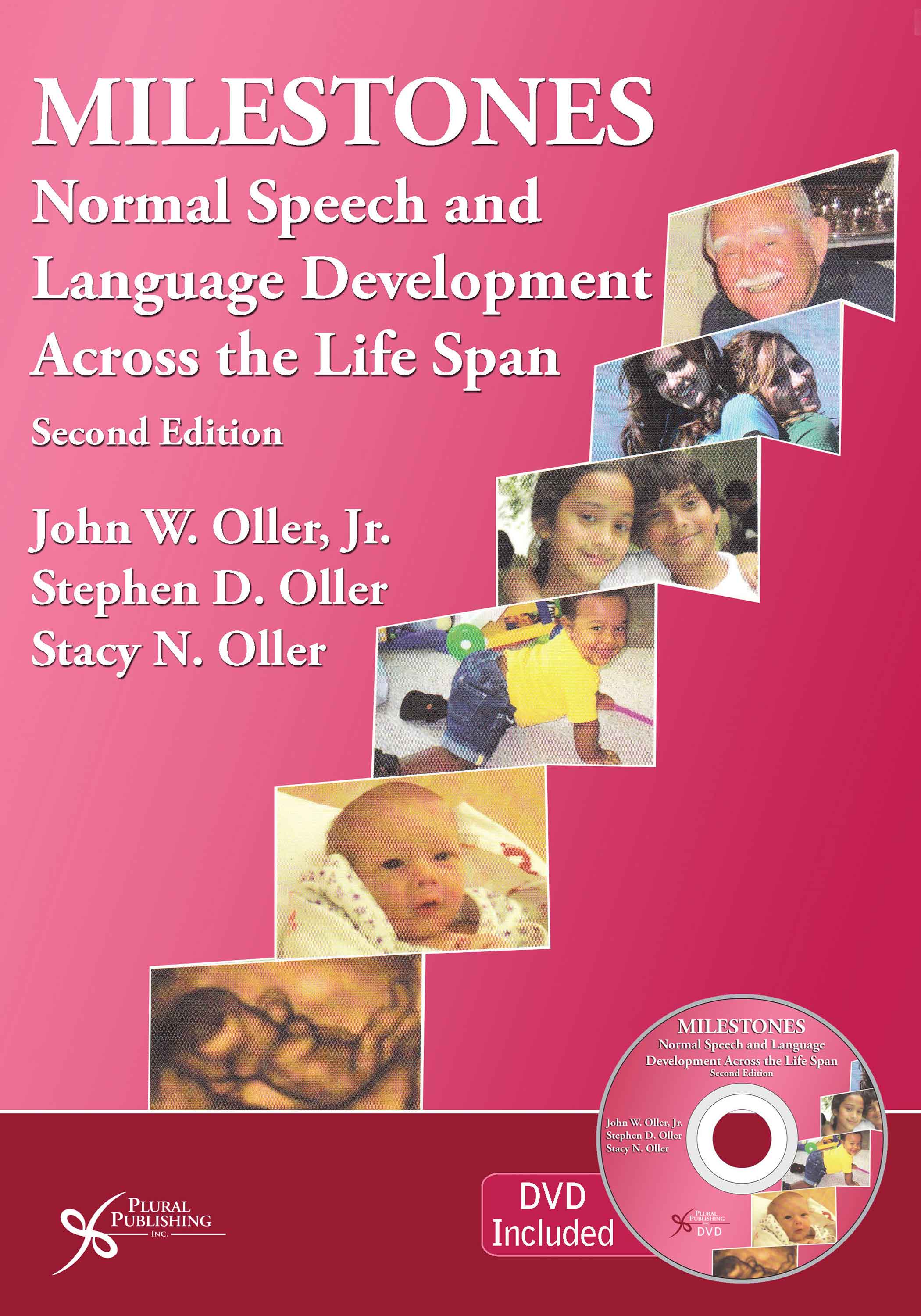
Milestones: Normal Speech and Language Development Across the Life Span
Second Edition
John W. Oller, Jr., Stephen D. Oller, Stacy Oller
Details: 624 pages, B&W, Softcover, 7" x 10"
ISBN13: 978-1-59756-501-1
© 2013 | Available

Language and Literacy Connections: Intervention for School-Age Children and Adolescents.
First Edition
Geraldine P. Wallach, Alaine Ocampo
Details: 358 pages, B&W, Softcover, 7" x 10"
ISBN13: 978-1-63550-213-8
© 2022 | Available
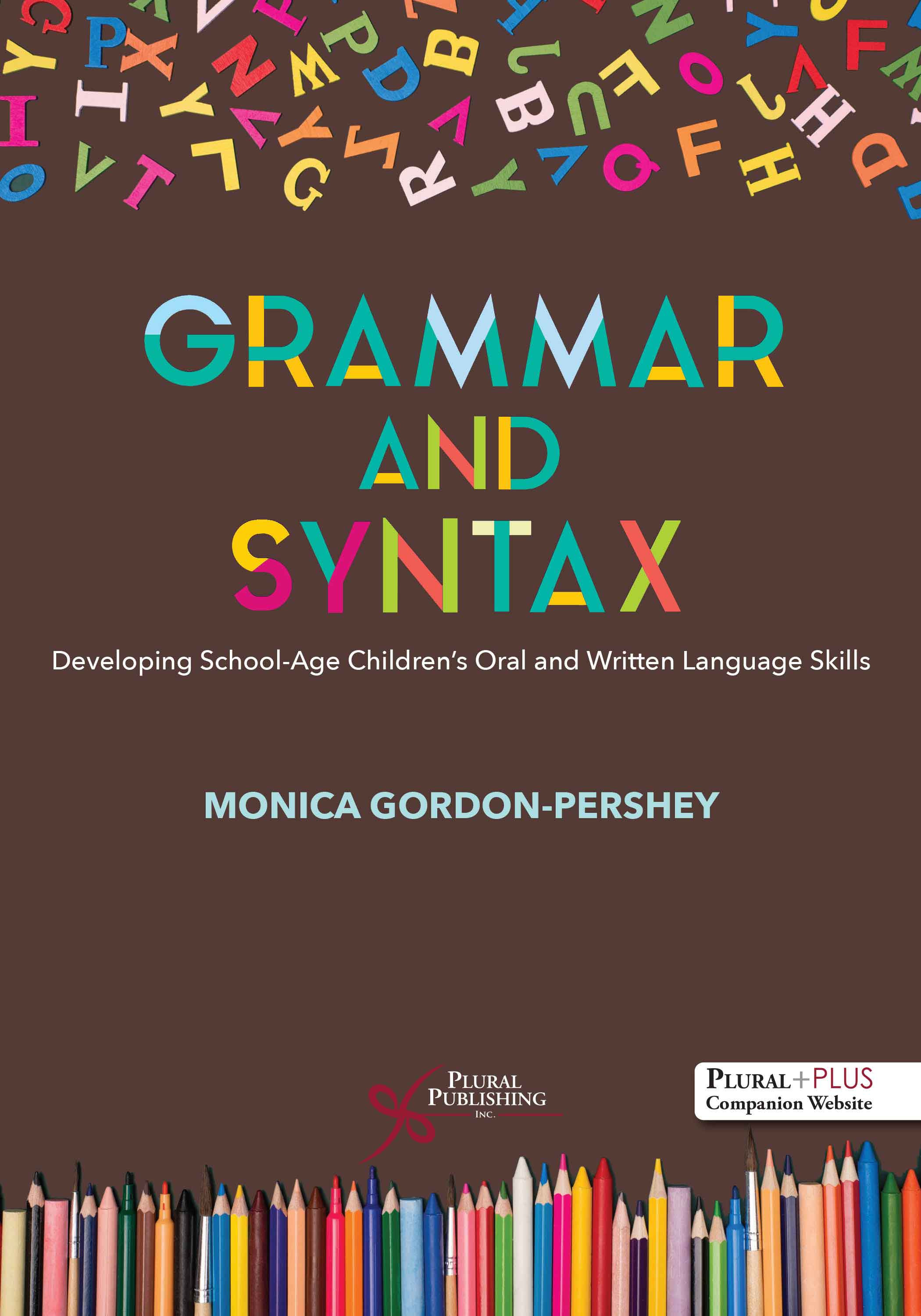
Grammar and Syntax: Developing School-Age Children's Oral and Written Language Skills
First Edition
Monica Gordon-Pershey
Details: 383 pages, B&W, Softcover, 7" x 10"
ISBN13: 978-1-94488-355-3
© 2022 | Available
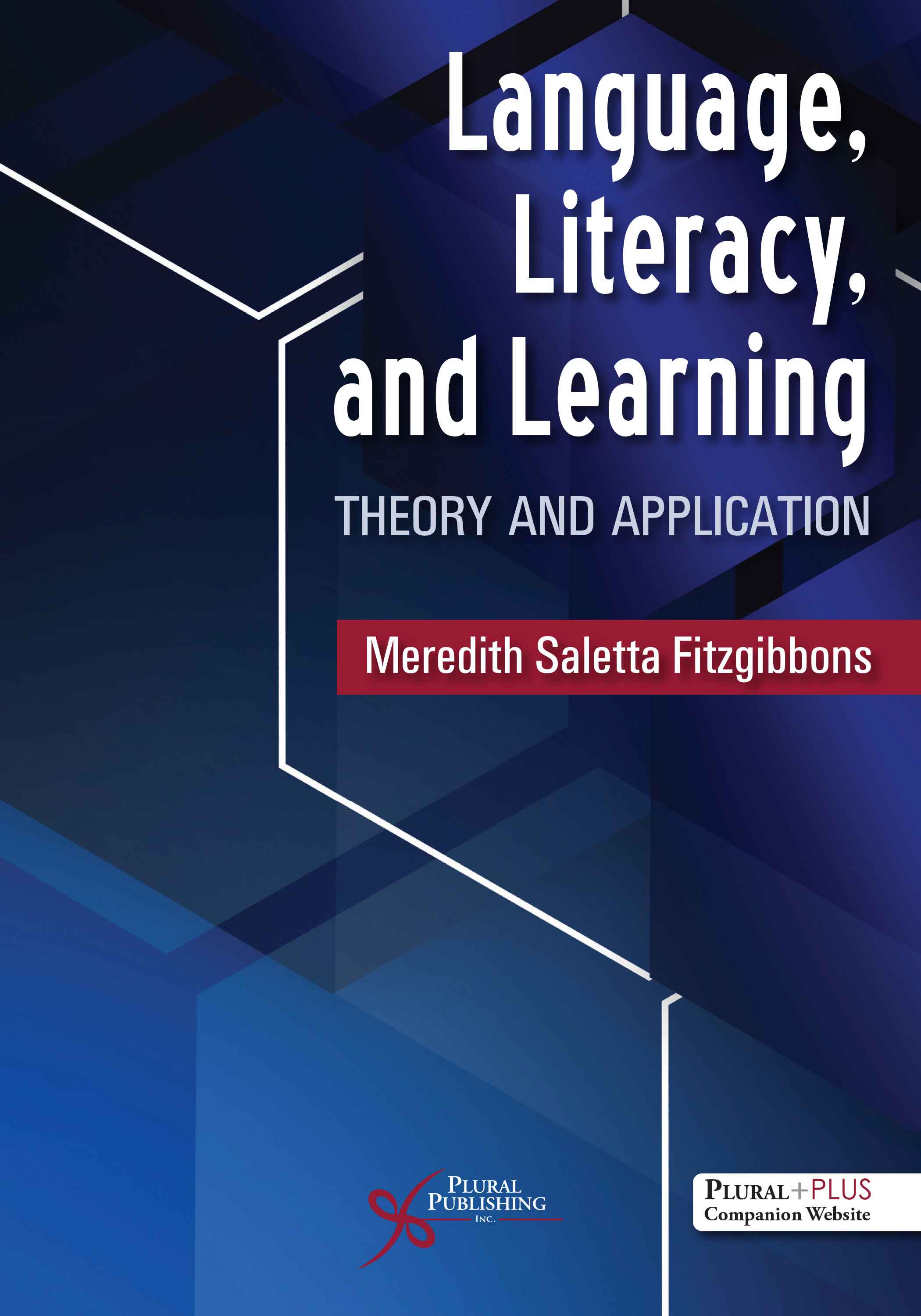
Language, Literacy, and Learning: Theory and Application
First Edition
Meredith Saletta Fitzgibbons
Details: 329 pages, B&W, Softcover, 7" x 10"
ISBN13: 978-1-63550-361-6
© 2024 | Available
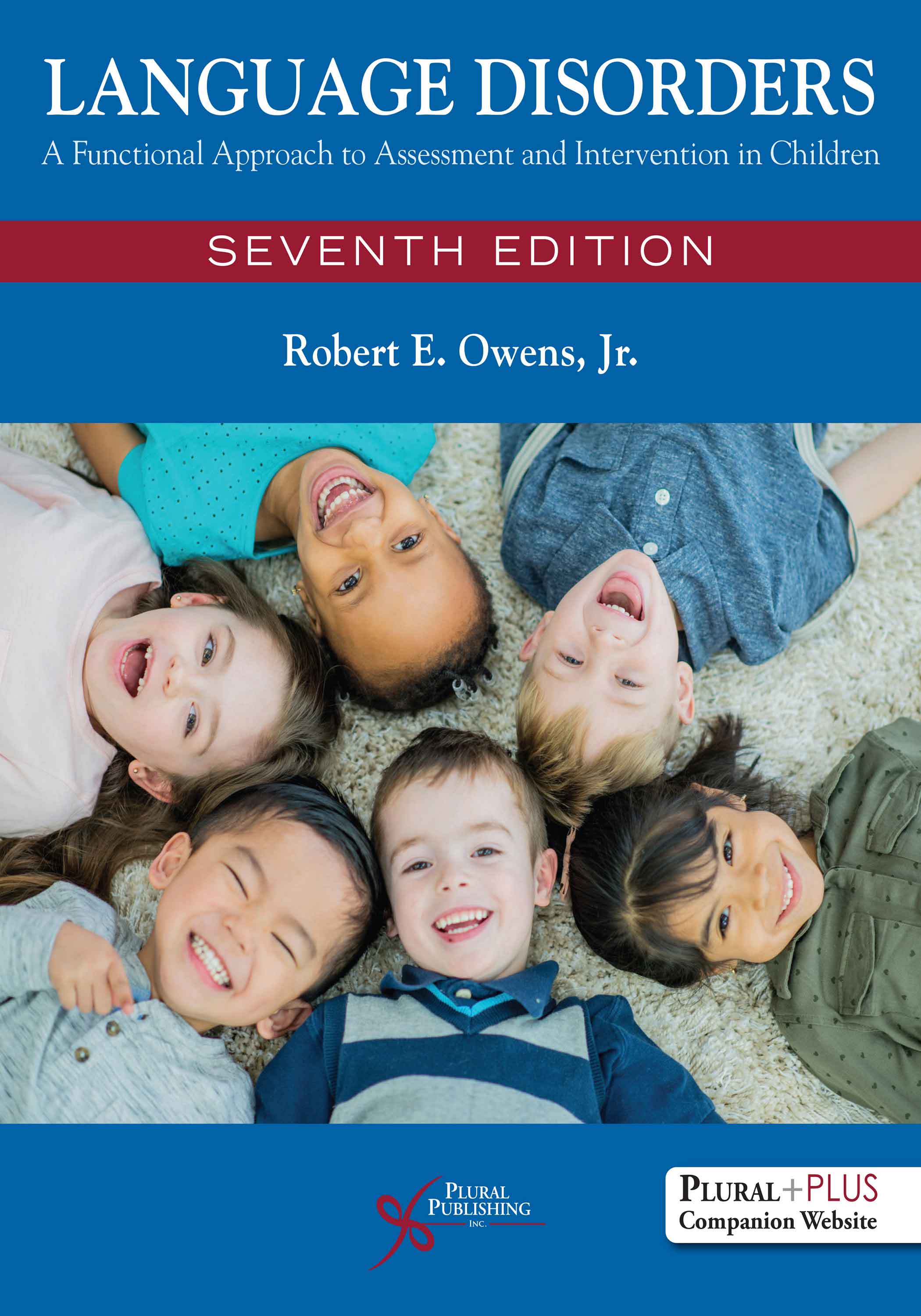
Language Disorders: A Functional Approach to Assessment and Intervention in Children
Seventh Edition
Robert E. Owens, Jr.
Details: 759 pages, 2-Color, Softcover, 8.5" x 11"
ISBN13: 978-1-63550-413-2
© 2024 | Available
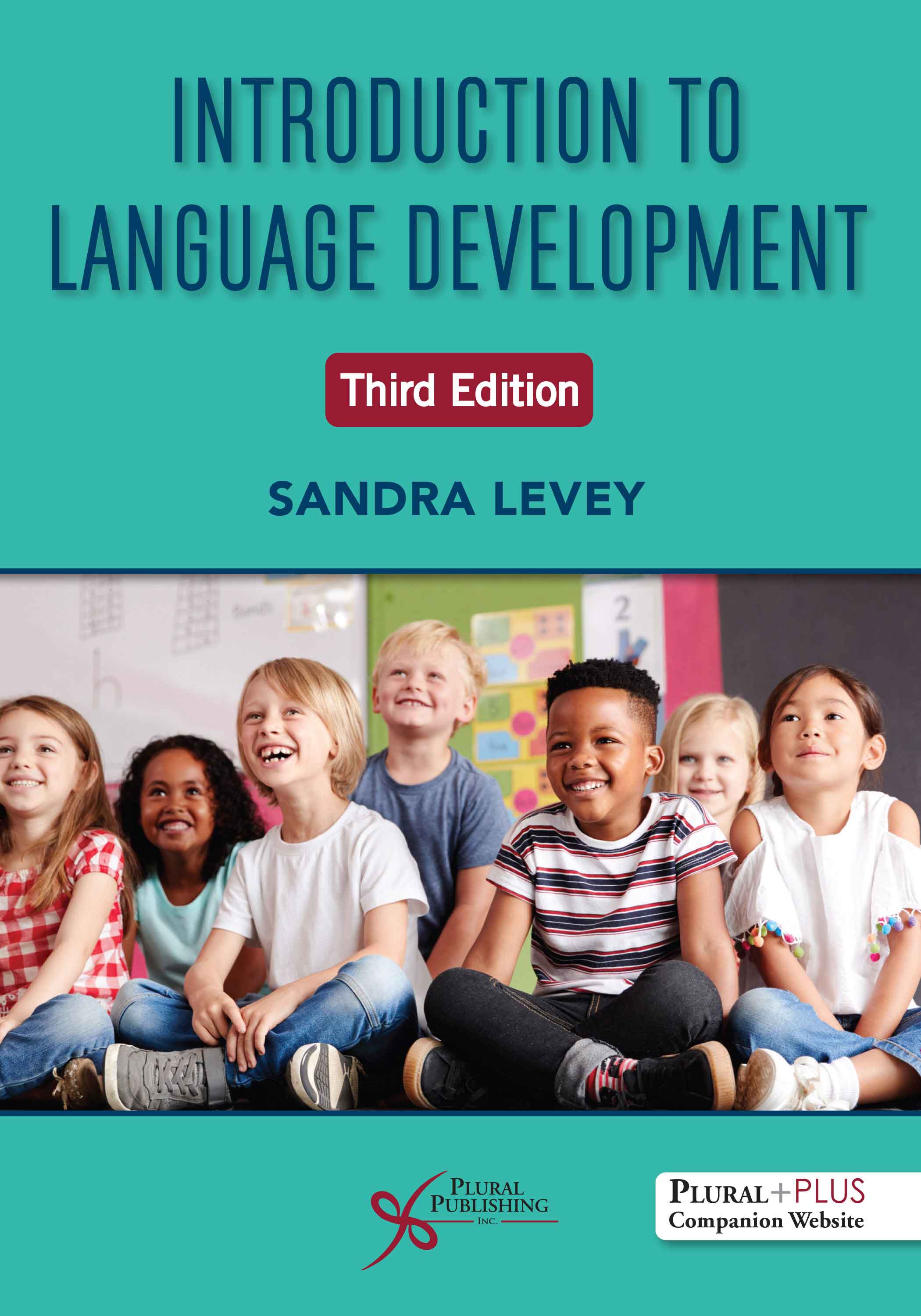
Introduction to Language Development
Third Edition
Sandra Levey
Details: 317 pages, 2-Color, Softcover, 7" x 10"
ISBN13: 978-1-63550-377-7
© 2024 | Available

